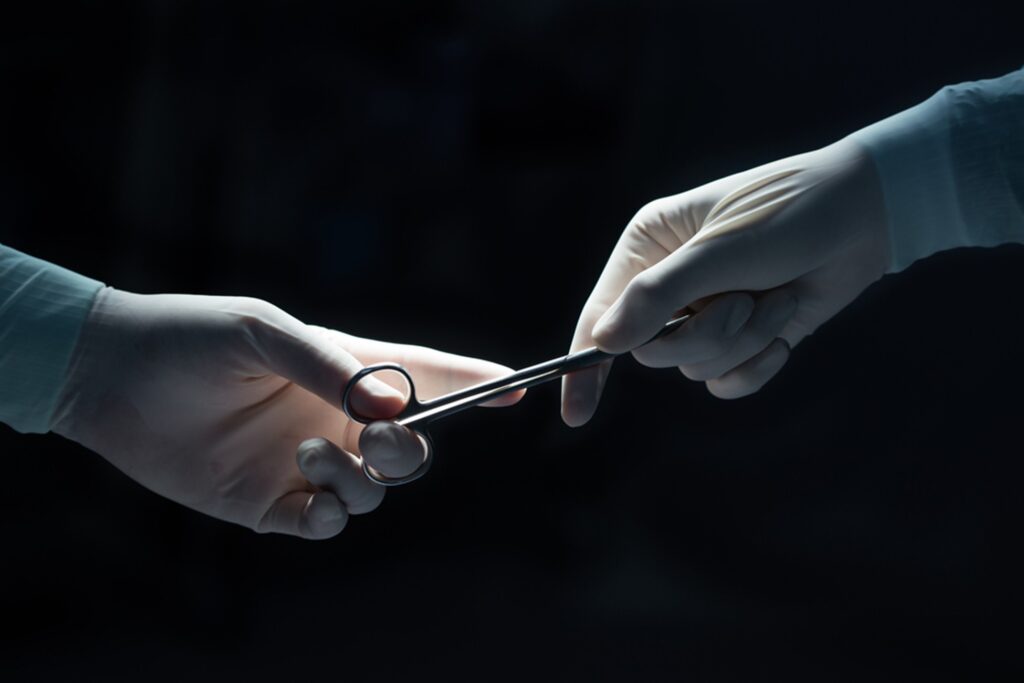The ear, nose, and throat, often referred to as ENT, require specialized instruments for effective diagnosis and treatment. Each part of the ENT system has unique issues that necessitate specific tools designed to address them accurately and safely.
For ENT specialists, the quality of their equipment is paramount. High-quality instruments are essential for providing effective treatment, especially given the sensitivity of the ear and nose. Using precise and reliable tools ensures better patient outcomes and minimizes the risk of complications.
Common uses of ENT Instruments
Tissue removal
Various ENT instruments are designed for the precise removal of tissue during procedures:
- Micro ear forceps: Used for manipulating and removing tissue from the ear canal or middle ear, these forceps are also useful in nasal procedures.
- Antrum punches: ENT Surgeons use Antrum Punches to remove tissue and polyps from the maxillary sinuses. These sinuses are located below the eyes on both sides of the nose and can cause sinus problems if they become infected or blocked.
- Septum forceps: Utilized in rhinoplasty and nasal reconstruction surgeries to remove tissue or bone material around the nasal septum.
- Mastoid rongeurs: Applied in mastoid and sphenoid surgeries to remove excess bone and tissue. Surgeons also use them to take out bones when opening the sphenoid sinus and making an antrostomy opening in Caldwell-Luc operations.
Wax removal
Specialized instruments ensure the safe and effective removal of earwax:
- Ear curettes: A small instrument that doctors use to gently scoop out excess earwax without harming the ear canal, ensuring safe wax removal. The curette is thin, long, and crafted from durable medical steel.
Visualization
Tools that aid in visualizing internal structures are crucial for accurate diagnosis and treatment:
- Ear specula: Funnel-shaped instruments that widen the ear canal during examinations and surgeries, allowing for clear visualization of the ear’s inner structures.
- Nasal speculum: Used to widen the nostrils during nose surgeries, providing a clearer view for the doctor to examine and treat nasal conditions.
Hearing tests
Instruments that help assess and diagnose hearing loss:
- Tuning forks: Used for clinical hearing tests, these forks emit specific frequencies to identify different types of hearing loss. Made from quality alloy, they vibrate at precise frequencies without overtones.
Surgical cutting and incisions
Precise cutting tools, such as surgical scissors, are essential for delicate surgeries:
- Micro ear scissors: Small surgical scissors used for delicate ear surgeries, such as stapedectomy, as well as cutting tissues in the sinuses.
- Tympanum needles/hooklets: Long handle instruments used during procedures on the eardrum to make fine cuts and incisions, treating eardrum perforations and middle ear infections.
Microsurgeries and neurosurgeries
Specialized tools for intricate procedures:
- Micro ear knives: Designed to reach tight spaces and cut the walls of blood vessels, these knives are used in microsurgeries and neurosurgery procedures.
- Micro ear needles: Tiny surgical tools used in ear microsurgeries to manipulate delicate tissues, helpful for separating infected tissues and placing grafts on the eardrum.
Polyp removal
Instruments designed for the removal of nasal and ear polyps:
- Polypus snares: Wire loop surgical tools used by ENT specialists to grab onto and remove polyps during procedures. They work by encircling the polyp’s base and then gently squeezing it to remove it. This helps to stop bleeding and ensure clean removal of the polyp.
Septal cartilage surgeries
Instruments for reshaping and modifying the septum:
- Septum morselizer: Deeply serrated jaws grind down septal cartilage while minimizing harm to nearby tissues, used in rhinoplasty and nasal reconstructive surgeries.
ENT surgeries address a range of issues affecting the ear, nose, and throat. Specific instruments are vital for the success of these procedures, ensuring precise and effective treatment.
Aprikos Medical provides comprehensive ENT surgery sets tailored for various procedures, such as tonsillectomies, adenoidectomies, septoplasties, sinus surgeries, and ear surgeries.





